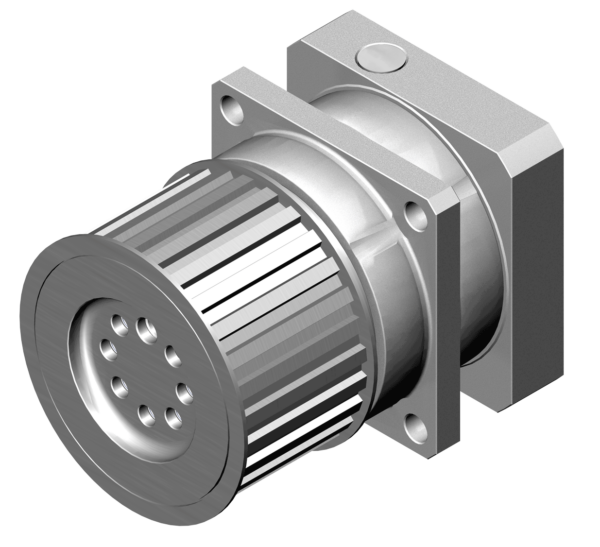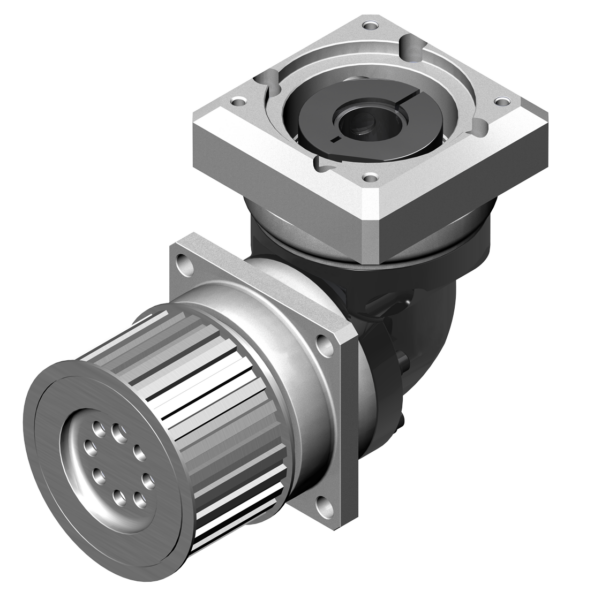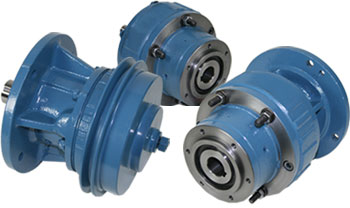Product Description
Overview
———————————————————————————————————————————————————————————————————————————————–
Quick Details
Gearing Arrangement: Worm Brand Name: CHINAMFG
Input Speed: 1400 rpm Certification: CE, ROHS, ISO9000
Rated Power: 3 ~ 4KW Output Torque: 2.8-2430N.M
Color: Blue/Silver or on request Origin: ZHangZhoug, China (Mainland)
Warranty: 1 Year Ratio:1/10.1/15,1/20,1/25,1/30,1/40,1/50,1/60
———————————————————————————————————————————————————————————————————————————————–
Supply Ability
Supply Ability: 20000 Piece/Pieces per Month
Extra Service: OEM is welcome
QC System: ISO9001:2008
———————————————————————————————————————————————————————————————————————————————–
Packaging & Delivery
Package: Wooden box/Paper carton
Port: HangZhou/ZheJiang or on request
———————————————————————————————————————————————————————————————————————————————–
1. Widely used in turbines, shaft liners and axletrees, good resistance to wearing, with high precision in
dimensions, lower noise, advanced centric running castings
2. Without vent and highly precision
3. The whole structure is compact and the weight is larger
———————————————————————————————————————————————————————————————————————————————–
Notice of installation
1 .Thebase-plate must be plane and stoutness, and the base-plate must be screwed downand shockproof.
2. Theconnecting shaft of prime mover, reducer and operation device must be coaxialinstallation.
3 .Thediameter tolerance zone of input and output shaft is H6, the holes of fittings(such as couplings, belt-
pulley, sprocket wheel and so on) must properly matethe shaft, which prevents bearing from breakage be-
-cause of over-loose mate.
4. Driverssuch as sprocket wheel and gear must be fitted close to bearings in order toreduce bending stre-
-ss of hanging shaft.
5. Whiteassembling motor of WPD reducer, it is necessary that proper amount of butterapplies to the worm
shaft input hole and keyway, avoiding assembling tootightly and rusting after using for a long time.
6. WhenOrdering or using all kinds of WPD type, if the motor weight is binger than thecommon, supporting
set is required.
———————————————————————————————————————————————————————————————————————————————–
Notices of usage
1 .Before using, please check carefully whether the reducer model, distance, ratio, input connecting method,
output shaft structure, input and output shaftdirection and revolving direction accord with requirement.
2 .According to the requirement of selecting lubricant oil in the productmanual, please fill proper category and
brand lubricant. And then screw on thevent-plug; Unlock the small cone-plug of vent-plug. Only after doing th-
ese, reducer is already for starting up running. The proper brand and adequatelubricant oil is required, replac-
ing oil in time conforming to the request ofproduct manual is also necessary, especially after using first 100 h-
ours, it isrequired refilling new oil.
3 .Whenabnormal circumstances occur, please stop and check reducer per solutions andreasons for faults of
reducer (allowable highest oil temperature is 95, under this temperature limit, ifoil temperature no more goes
up, please let reducer continue running.
About CHINAMFG since 1984
HangZhou Melchizedek Import & Export Co., Ltd. is a leader manufactur in mechanism field and punching/stamp
ing field since 1984. Our main product, NMRV worm gear speed reducer and series helical gearbox, XDR,
XDF, XDK, XDShave reached the advanced technique index of the congeneric European and Janpanese produc
ts, We offer standard gears, sprockets, chains, pulleys, couplings, bushes and so on. We also can accept orders
of non-standard products, such as gears, shafts, punching parts ect, according to customers’ Drawings or sam-
ples.
Our company has complete set of equipment including CNC, lathes, milling machines, gear hobbing machine, g-
ear grinding machine, gear honing machine, gear shaping machine, worm grinder, grinding machines, drilling m-
achines, boringmachines, planer, drawing benches, punches, hydraulic presses, plate shearing machines and s-
o on. We have advanced testing equipments also.
Our company has established favorable cooperation relationships with sub-suppliers involving casting, raw mat-
erial, heat treatment, surface finishing and so on.
/* January 22, 2571 19:08:37 */!function(){function s(e,r){var a,o={};try{e&&e.split(“,”).forEach(function(e,t){e&&(a=e.match(/(.*?):(.*)$/))&&1
| Application: | Motor, Machinery, Agricultural Machinery |
|---|---|
| Hardness: | Hardened Tooth Surface |
| Installation: | Vertical Type |
| Layout: | Coaxial |
| Gear Shape: | Conical – Cylindrical Gear |
| Step: | Single-Step |
| Customization: |
Available
| Customized Request |
|---|

Can pulley gearboxes be customized for specific speed and torque requirements?
Yes, pulley gearboxes can be customized to meet specific speed and torque requirements in various applications. Manufacturers offer flexibility in designing and configuring pulley gearboxes to suit the specific needs of customers. Here’s a detailed explanation of how pulley gearboxes can be customized for specific speed and torque requirements:
Pulley Size and Configuration: The speed and torque output of a pulley gearbox can be adjusted by selecting the appropriate pulley sizes and configurations. The pulley diameter determines the speed ratio between the input and output shafts of the gearbox. By choosing different pulley sizes, the desired speed reduction or increase can be achieved. Additionally, adjusting the number of pulleys and their arrangement (e.g., single, double, or multiple stages) allows for further customization of the speed and torque characteristics of the gearbox.
Material Selection: The choice of materials for pulleys, belts, and other components in the gearbox can influence the torque capacity and durability. Different materials have varying strength and wear resistance properties, allowing manufacturers to select materials that can handle the specific torque requirements of the application. For higher torque applications, materials with greater strength and durability, such as reinforced belts or pulleys made of steel, may be chosen to ensure reliable performance.
Belt Type and Tension: The type of belt used in the pulley gearbox can impact the speed and torque characteristics. Manufacturers offer a range of belt types, such as V-belts, timing belts, or flat belts, each with different performance characteristics. For example, timing belts with toothed profiles provide precise synchronization and are suitable for applications requiring accurate positioning. Manufacturers can select the appropriate belt type and determine the optimal belt tension to achieve the desired speed and torque transfer while maintaining efficient power transmission.
Motor Selection: The motor driving the pulley gearbox plays a crucial role in determining the speed and torque capabilities of the system. Manufacturers consider the motor’s speed-torque curve, power rating, and other specifications to ensure compatibility with the pulley gearbox. By selecting motors with different characteristics, such as high torque at low speeds or high-speed capabilities, manufacturers can customize the overall system to meet specific speed and torque requirements.
Custom Gear Ratio: In some cases, manufacturers may offer the option to customize the gear ratio of the pulley gearbox by incorporating additional gears or pulley stages. This allows for fine-tuning of the speed and torque output to match the specific requirements of the application. By carefully calculating and designing the gear ratios, manufacturers can optimize the gearbox performance for the desired speed and torque range.
Application-Specific Design: Manufacturers may work closely with customers to understand their unique speed and torque requirements in specific applications. This collaboration enables the customization of pulley gearboxes to meet the exact needs of the application. Factors such as load conditions, duty cycles, ambient environment, and other operational considerations are taken into account to ensure the gearbox is designed and configured appropriately for the specific speed and torque requirements.
It is important to note that customized pulley gearboxes may require additional engineering analysis, such as stress calculations, dynamic simulations, or efficiency assessments, to ensure their performance meets the desired specifications. Collaborating with experienced manufacturers or engineering teams can help ensure the successful customization of pulley gearboxes for specific speed and torque requirements.

Can pulley gearboxes be used for both speed reduction and speed increase?
Yes, pulley gearboxes can be used for both speed reduction and speed increase, depending on the configuration and arrangement of the pulleys. The versatility of pulley gearboxes allows them to adapt to different applications and provide the desired speed variations. Here’s a detailed explanation:
Pulley gearboxes consist of two or more pulleys connected by belts or ropes. The driving pulley is connected to the power source, while the driven pulley is connected to the load. The size and ratio of the pulleys determine the speed relationship between the driving and driven pulleys.
For speed reduction, a larger driving pulley can be combined with a smaller driven pulley. As the driving pulley rotates at a higher speed, the smaller driven pulley rotates at a slower speed. This speed reduction is achieved by the mechanical advantage provided by the different pulley sizes, resulting in a lower output speed and increased torque at the driven pulley. Speed reduction is commonly used in applications where the load requires higher torque and lower rotational speed.
On the other hand, for speed increase, a smaller driving pulley can be combined with a larger driven pulley. As the driving pulley rotates at a lower speed, the larger driven pulley rotates at a higher speed. This speed increase is achieved by the mechanical advantage provided by the different pulley sizes, resulting in a higher output speed and reduced torque at the driven pulley. Speed increase is useful in applications that require higher rotational speed and lower torque.
It’s important to note that the speed ratio between the driving and driven pulleys is not solely determined by the pulley sizes but also influenced by the number of pulleys and their arrangement. By incorporating additional pulleys and using various configurations, such as compound pulley systems or multiple belt drives, more complex speed ratios can be achieved, providing a wider range of speed reduction and increase options.
Furthermore, pulley gearboxes can also incorporate adjustable pulley systems or variable speed drives to provide even more flexibility in speed control. These mechanisms allow for on-the-fly adjustment of the pulley sizes, enabling precise speed regulation and accommodating changing operational requirements.
In summary, pulley gearboxes can be utilized for both speed reduction and speed increase by selecting appropriate pulley sizes and configurations. The mechanical advantage provided by the pulley system allows for versatile speed variations, making pulley gearboxes a flexible option for a wide range of applications.

How do pulley gearboxes handle variations in speed ratios and torque requirements?
Pulley gearboxes are designed to handle variations in speed ratios and torque requirements by utilizing different pulley sizes, configurations, and mechanical principles. They offer flexibility and adaptability in adjusting speed and torque according to specific application needs. Here’s a detailed explanation of how pulley gearboxes handle variations in speed ratios and torque requirements:
Pulley Size and Configuration:
Pulley gearboxes employ pulleys of different sizes and configurations to achieve the desired speed ratios and torque requirements. By varying the diameters of the driving and driven pulleys, the rotational speed can be adjusted. Larger driving pulleys and smaller driven pulleys result in a higher speed ratio, while smaller driving pulleys and larger driven pulleys lead to a lower speed ratio. The selection of pulley sizes allows for precise control over speed variations in pulley gearboxes.
Mechanical Advantage:
The mechanical advantage provided by pulley gearboxes allows them to handle variations in torque requirements. Pulley gearboxes utilize the principle of mechanical advantage, where the larger pulley transfers more torque to the smaller pulley. This allows the gearbox to increase or decrease the torque output while maintaining a consistent speed ratio. By adjusting the pulley sizes and the mechanical advantage, pulley gearboxes can match the torque requirements of the driven machinery or system.
Tension and Friction:
Tension and friction play a crucial role in how pulley gearboxes handle variations in speed ratios and torque requirements. The tension in the belts or ropes connecting the driving and driven pulleys helps maintain a firm grip and prevent slippage, ensuring reliable power transmission. By adjusting the tension, the efficiency of power transmission can be optimized. The friction between the belts or ropes and the pulleys also contributes to the handling of torque variations. The frictional force allows for the transfer of torque from the driving pulley to the driven pulley, accommodating changes in torque requirements.
Adjustability:
Pulley gearboxes offer adjustability, allowing for variations in speed ratios and torque requirements. The pulleys can be moved or adjusted to change the effective diameter or position, altering the speed and torque output. This adjustability enables precise control over the performance of the gearbox, making it adaptable to different operational needs and load conditions.
Compound Pulley Systems:
Compound pulley systems are another mechanism used in pulley gearboxes to handle variations in speed ratios and torque requirements. These systems consist of multiple pulleys arranged in series or parallel configurations, incorporating intermediate pulleys and idler pulleys. The compound pulley systems allow for complex speed and torque conversions, providing a wider range of speed ratios and torque capabilities.
Overall, pulley gearboxes handle variations in speed ratios and torque requirements through a combination of pulley size and configuration, mechanical advantage, tension and friction control, adjustability, and the utilization of compound pulley systems. These features enable pulley gearboxes to efficiently transmit power, control speed, and adapt to different operational demands in a wide range of industrial applications.


editor by CX 2024-04-09
